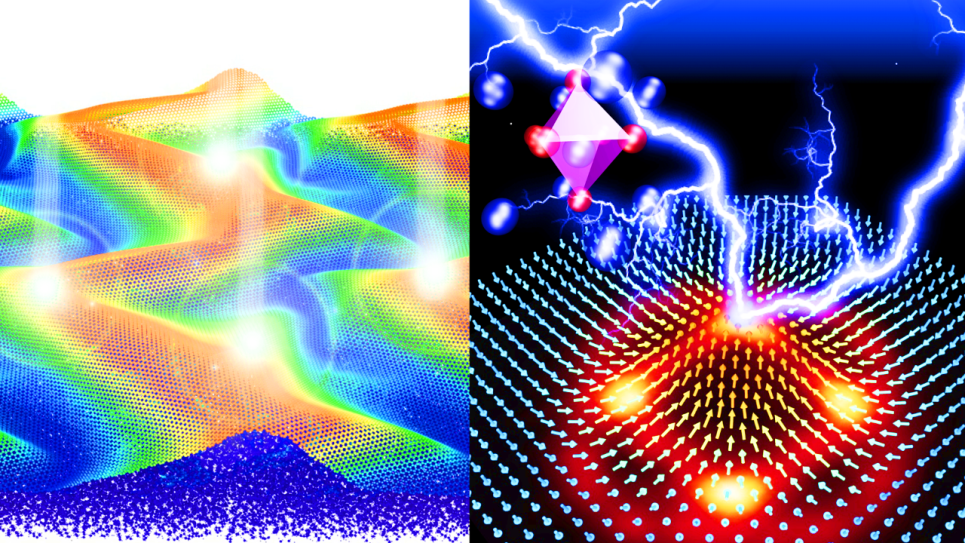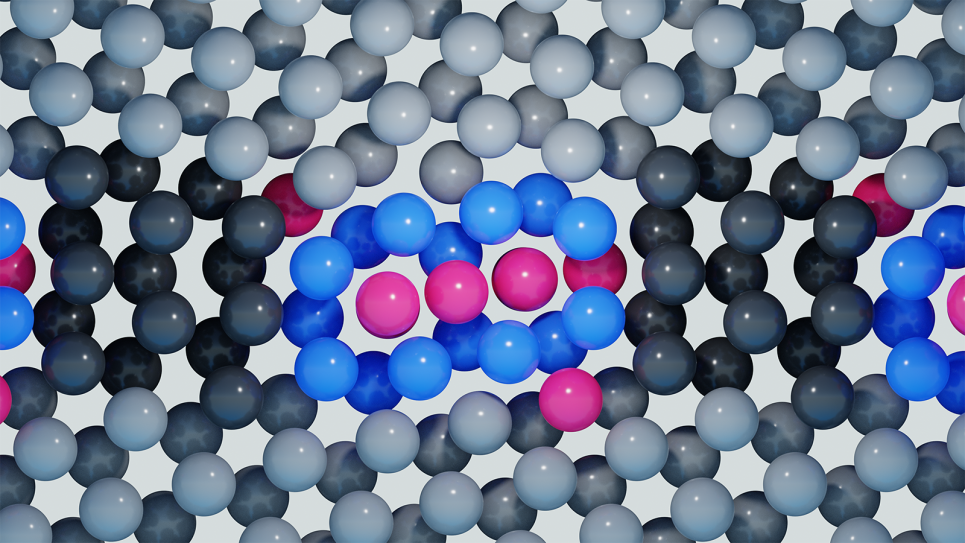Researchers are modeling how tiny twists and layerings of ultra-thin materials create new electronic behaviors—building an open “moiré kaleidoscope” database to speed the discovery of next-generation materials like superconductors.
Arguably, one of the more exciting developments in condensed-matter physics in the past few years is the discovery of moiré materials. A simple twist between two stacked sheets of graphene layers leads to superconductivity and other strongly correlated phenomena not seen in a single graphene layer. The twist angle induces a geometric interference pattern between the individual lattices known as the moiré pattern. The moiré pattern creates a periodic triangular superlattice which, for small twist angles, forms a unit cell with a typical lattice constant between tens of nanometers to hundreds of nanometers, orders of magnitude larger than that of single-layer graphene. It is also possible to create moiré patterns without any twisting of the layers. One such way is by stacking and aligning layers of different materials, like transition metal dichalcogenides (TMDs), which produces a moiré lattice because of the mismatch between the different crystal species. Remarkably, these moiré materials are highly tunable, with many parameters such as carrier densities, electronic band, and even band topology, controllable by experimental knobs, including external electrical field, relative interlayer twist angles, and dielectric environments.
This level of control, rather unique to moiré materials, opens up exciting possibilities for the exploration of the interplay between correlation, delocalization, and topology and the potential discovery of emergent electronic phases arising from these interactions. The computational modeling and exploration of new moiré materials and how to tune their properties is rather challenging. This stems from the fact that there exist numerous combinations of twisting angles and two-dimensional materials that can be stacked together, and the immense moiré lattice constant resulting from such stacking.
We will use ExaChem, an exascale-ready computational chemistry tool, to obtain coupled-cluster-level corrections for the generation and fine-tuning of machine-learned interatomic potentials tailored for a diverse set of moiré materials. These interatomic potentials will be used to establish the mapping from moiré structures to moiré topology and, subsequently, to generate the “moiré kaleidoscope,” an open-access database of moiré materials part of the Navigating the Design Space of Heterostructures (HeteroFAM) project funded by the Computational Materials Science Program of the US Department of Energy (DOE).

